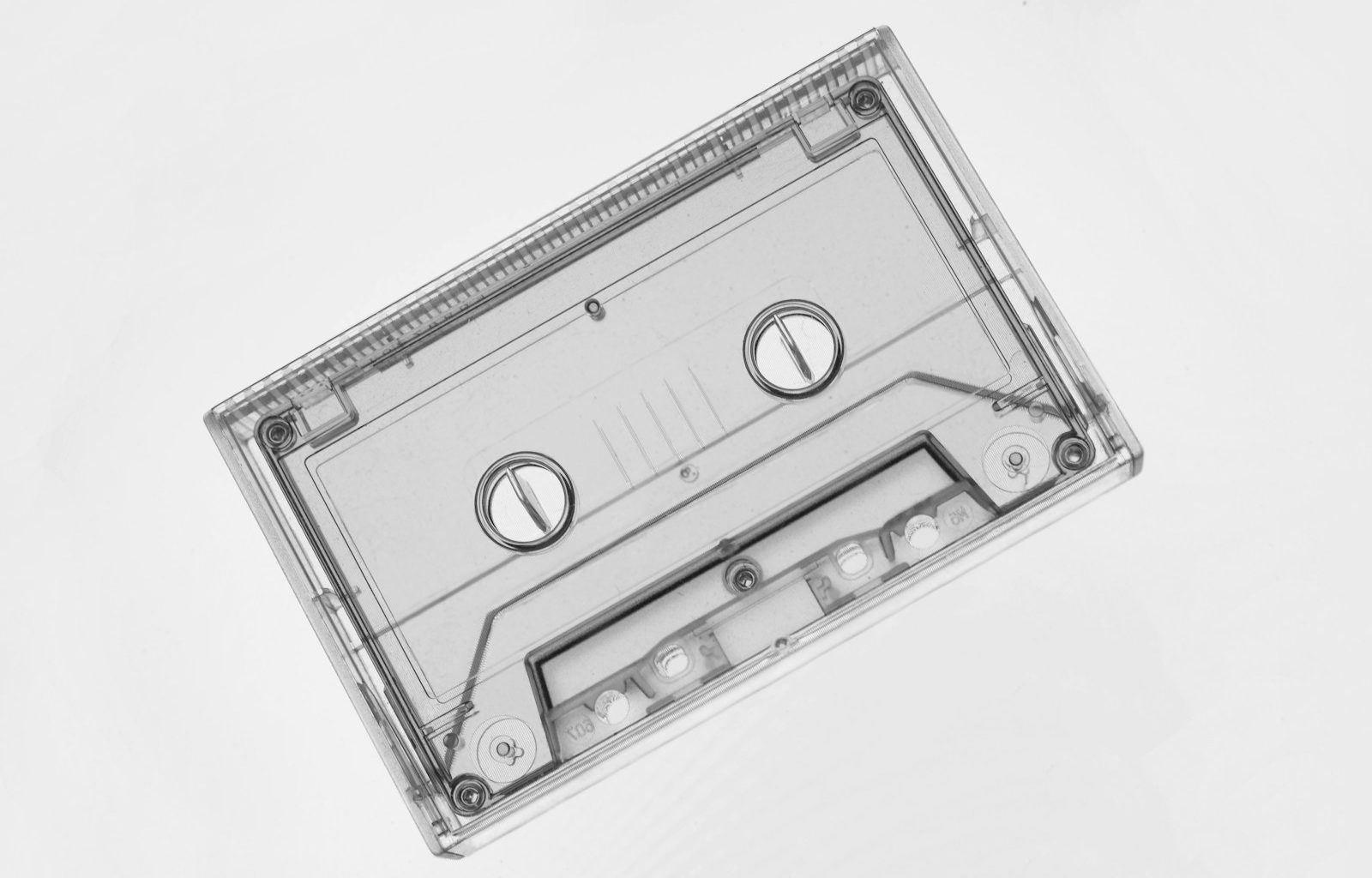If you’re curious about how music is recorded and preserved, you’ve probably heard the term “master tapes.” But what are master tapes, and why are they so important? These tapes hold the original, raw recordings of music, making them the heart and soul of sound preservation. They are like the “master copies” from which all other versions of a song or album are created. Without them, many of the world’s most beloved tracks might never reach our ears in their intended form.
Master tape are the building blocks of music production, carrying unmatched sound quality. Whether it’s a classic rock anthem, a jazz masterpiece, or a modern pop hit, every professionally recorded song usually starts with a master tape. Let’s dive deeper into this fascinating world of music.
The Origin of Master Tapes
Master tapes have been around since the early 20th century when magnetic tape recording became a game-changer for the music industry. Back then, vinyl records were popular, but they had their limitations. Magnetic tape allowed for more flexibility in recording and editing. Artists could re-record sections, layer sounds, and experiment with effects. This revolutionized music production, giving rise to the concept of master tape as the definitive version of a recording.
These tapes were typically made from a magnetic material coated on a thin plastic strip. This design enabled them to capture and reproduce sound with incredible accuracy. The earliest versions were bulky and temperamental, but their role in music history cannot be overstated.
Why Are Master Tapes So Special?
When we talk about master tape, we’re talking about the purest form of a recording. Think of it as the difference between a fresh loaf of bread and a slice of toast. While the toast is enjoyable, the loaf gives you the original taste, aroma, and texture.
Master tape capture every nuance of a performance—the delicate strum of a guitar string, the subtle inflection in a singer’s voice, and the ambient noise of the recording space. Because they contain the uncompressed, original recording, the sound quality is far superior to any other format. This makes them invaluable for remastering and re-releasing music in higher quality.
For artists, these tapes represent their creative vision. They’re the unaltered blueprint of their art, ensuring that future generations hear their work as intended.
How Are Master Tapes Made?
The process of creating master tape is meticulous. It starts in the recording studio, where musicians perform their songs. Every instrument, vocal, and sound effect is recorded onto individual tracks. These tracks are then mixed and balanced to create the final version of the song.
This final mix is recorded onto a master tape using professional-grade equipment. Engineers monitor every detail during this process to ensure there are no errors. It’s a high-stakes operation because any mistake could compromise the integrity of the recording.
Once the master tape is complete, it’s carefully stored under controlled conditions. Heat, humidity, and improper handling can damage these tapes, so they are treated like priceless artifacts.
The Role of Master Tapes in Remastering
In recent years, there’s been a surge of interest in remastered music. But did you know that remastering wouldn’t be possible without master tape? Remastering involves going back to the original master tape and using modern technology to enhance the sound quality.
With today’s advanced tools, engineers can remove background noise, balance audio levels, and even uncover details that might have been missed in the original production. This is why remastered albums often sound richer and clearer than their older counterparts.
For music lovers, remastered tracks offer a chance to experience their favorite songs in a whole new way. And for record labels, they’re a way to keep classic albums relevant in an ever-evolving industry.
Preserving Master Tapes: A Race Against Time
Master tape are not invincible. Over time, they can deteriorate due to exposure to heat, humidity, and magnetic fields. This is why preserving these tapes is a top priority for record labels, archivists, and music historians.
Some companies use specialized storage facilities to keep master tapes safe. These facilities maintain stable temperatures and humidity levels to prevent damage. Others have turned to digital technology, transferring the contents of master tapes onto hard drives to create backup copies.
However, even with these precautions, there’s always a risk of losing priceless recordings. Fires, floods, and other disasters have destroyed countless master tapes over the years. This makes the surviving ones all the more valuable.
Famous Stories About Master Tapes
The history of master tape is filled with fascinating stories. For instance, did you know that the original master tape of The Beatles’ albums were stored in an unassuming room in Abbey Road Studios for decades? Or that Prince’s legendary vault contains hundreds of master tapes with unreleased music?
One of the most heartbreaking tales is the 2008 Universal Studios fire, which reportedly destroyed thousands of master tapes. This tragic event highlighted the importance of proper preservation and sparked a renewed effort to protect these cultural treasures.
Digital vs. Analog Master Tapes
In today’s digital age, many studios have moved away from analog master tape, opting for digital recordings instead. Digital formats are easier to store, edit, and duplicate. However, many audiophiles argue that analog master tapes offer a warmth and depth that digital recordings can’t replicate.
This debate has fueled a resurgence of interest in analog recording techniques. Some artists and producers are returning to tape to achieve a more authentic sound, even if it means navigating the challenges of working with analog equipment.
Why Master Tapes Are a Cultural Treasure
Master tapes are more than just technical tools; they’re a vital part of our cultural heritage. They hold the sounds of iconic moments in music history, from Elvis Presley’s first recordings to Beyoncé’s groundbreaking albums. Without them, we’d lose a significant piece of our collective memory.
These tapes also serve as a bridge between generations. They allow us to revisit the past, understand the evolution of music, and appreciate the artistry of those who came before us.
Conclusion: The Legacy of Master Tapes
Master tapes are the unsung heroes of the music industry. They’ve shaped how we listen to and experience music, ensuring that every note, beat, and lyric is preserved for future generations. Whether you’re a casual listener or a die-hard music fan, understanding what master tape are and their role in music can deepen your appreciation for the art form.
So, the next time you listen to your favorite song, take a moment to think about the journey it took to reach your ears. Somewhere out there, a master tape holds the original magic of that track, waiting to inspire and captivate listeners for years to come.
For further reading, explore these related articles:
- Miley Cyrus’ Top Songs: A Musical Journey Through Her Best Hits
- Animal-Themed Songs: A Wild Journey Through Music
For additional resources on music marketing and distribution, visit DMT Records Pvt. Ltd..






